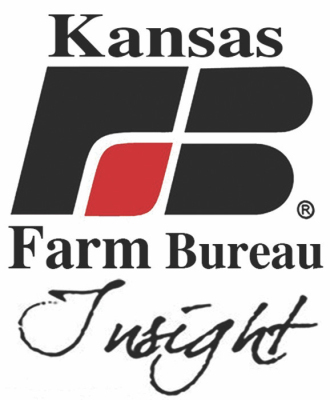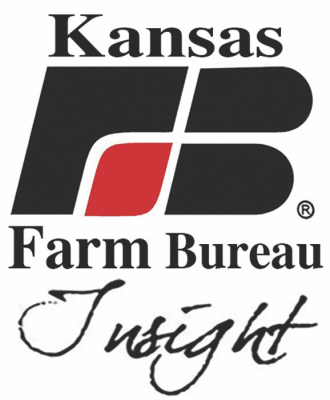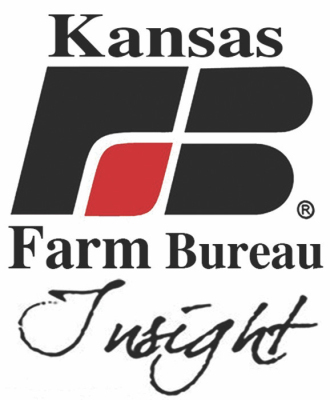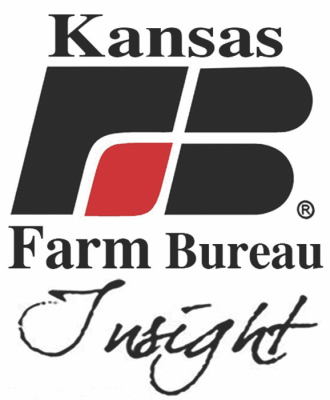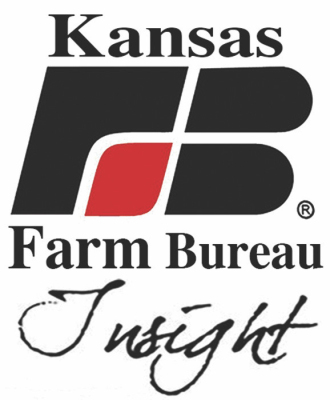Rachael Brooke, Phillips-Rooks District Extension Agent Agriculture and Natural Resources
Body
Early Emergence of Ticks and Other Pests This past winter was unseasonably warm for most of the continental U.S. and this trend has continued into the spring. Many of you may have noticed plants greening earlier than in past years. Ticks are also taking advantage of this warmer weather and breaking their overwintering sooner than what has historically occurred. Unlike us, arthropods including ticks and insects do not create their own heat and rely on ambient temperatures to warm themselves enough to be able to move and find a host. During the winter, the vast majority of tick species are not active and remain in a dormant state, protected by leaf litter and rocks. Overwintering is broken when temperatures warm and daylight hours increase. In warmer seasons, ticks can be seen crawling along the ground surface on the lookout for a host, a process known as questing. Tick drags and trappings conducted earlier in March found multiple species of ticks already out and active. People should be taking anti tick-precautions such as wearing long pants and using tick repellants while outdoors in grassy wilderness areas. Check for ticks after being outside and promptly remove any you find. Prompt removal of ticks reduces the risk of tick-borne pathogen transmission or the development of allergic reactions. Our furry friends are also not safe from ticks and the pathogens they transmit. Only use products registered and safe for use in animals. Always remember that pyrethroid based products, safe for use in dogs, are toxic to cats and should never be used! Recently there has been a surge in ‘natural’ products for use in dogs and cats, most noticeably those containing garlic. Be aware of false labeling claims such as ‘veterinarian developed’ or ‘veterinarian approved’. Garlic is considered to be toxic to both dogs and horses and should not be used for ectoparasite control. There is also no evidence that garlic is an effective acaricide or insecticide. Also, be on the lookout for other products, which have no proven efficacy such as ultrasonic tick protectors, which can be commonly found at local stores. Not only are they costly but also ineffective. Talk to your veterinarian for the best choice of tick control for your pets and livestock.





